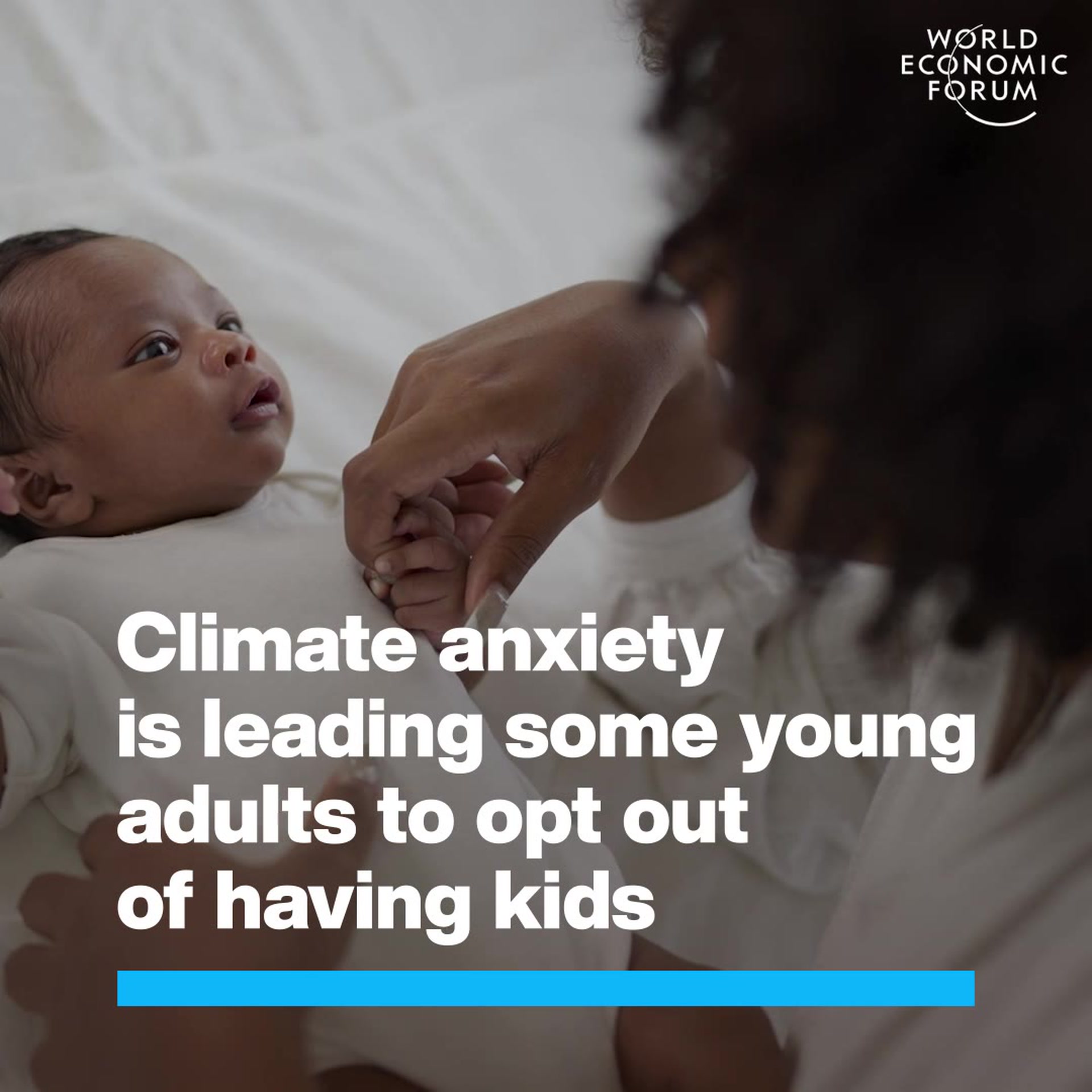What network science teaches us about human behaviour


Get involved with our crowdsourced digital platform to deliver impact at scale
Stay up to date:
Behavioural Sciences
There have been 24 outbreaks of the Ebola virus since it first appeared in 1976. Most were limited to dozens of cases, or at most hundreds – but the 2014 outbreak reached tens of thousands (Global Alert and Response, World Health Organization 2014). Although this latest outbreak now appears to be contained, the world may have dodged a dangerous bullet. If the disease had gotten a toehold in one of the many large urban slums throughout the world, the toll could have been dramatically larger. The same year saw an outbreak of measles in the US unlike any in decades, as a combination of complacency and fears of side effects led to lapses in vaccinations that allowed for susceptibility to contagion. Indeed, even small percentages of unvaccinated people – especially children – can lead small seeds of a very virulent disease to snowball into widespread infection.
The combination of world population growth and an increasingly interconnected society is producing new dynamics. Of course, deadly pandemics are not new. The Black Death (bubonic plague) wiped out tens of millions of people between the 14th and 19th centuries. Modern medicine and especially vaccinations have helped the world mitigate and even prevent many such catastrophes. But a changing world brings new challenges. Social distances between individuals currently average less than five degrees (Ugander et al. 2011) so that it is typically possible to go from one person via a friend to another friend, and another – and within five steps or so reach much of the rest of the world.
Historical data suggest that this closeness is indeed a modern phenomenon. For instance, using data from the spread of the bubonic plague, Marvel et al. (2013) estimate that in the Middle Ages average social distances between people were many times higher than they are today. The plague spread relatively slowly from one area to the next, taking four years to travel across Europe at a pace of less than a thousand kilometers per year, as people interacted mostly in limited local patterns. In contrast, modern travel means that a healthcare worker exposed to Ebola in a village in Sierra Leone can easily be in London or New York before showing symptoms. A child who catches measles in Anaheim, California can board a plane and bring it home thousands of miles away. Increased mobility combined with tightly clustered interactions (e.g. children in schools), mean that small pockets of vaccination lapses can generate heavy outbreaks. Limiting the terrible costs that can be imposed by contagious diseases including Ebola, measles, HIV, and many others, remains an important priority. What are the most effective ways to employ preventative measures, treatment for the ill, and barriers to contagion – including travel bans and the like? Properly addressing such questions requires understanding the complex networks of interactions that govern transmission, and a systematic framework for trading off the costs and benefits of policies.
Disease is but one example of diffusion through connections. As we have seen recently, despite the advantages of modern financial systems they are susceptible to systemic failures – a downturn in one country can lead to cascading downturns in others. In the EU the largest 50 or so banking institutions are now highly connected, with interbank exposures exceeding one trillion euros, more than their total Tier 1 capital (Alves et al. 2013). While disease and financial contagion share certain similarities, they differ in fundamental respects. Financial contagion is less well studied and the challenge of how to ‘vaccinate’ an institution without slowing the economy is significant. How can we identify which institutions are really ‘too connected to fail’? Which financial institutions require regulation and how should regulatory policy be guided? Should financial integration be encouraged or discouraged? Again, answering these questions necessitates a network-based approach.
The increasing connectedness of the world also has many benefits: it enhances trade, increases the efficiency of investment, spreads prosperity and education, and fosters peace. For example, despite the poverty that still exists in the world, and the continued political and military conflicts that we endure, the world has been an order of magnitude more peaceful over the past few decades. Jackson and Nei (2015) find that the number of wars per pair of countries has been more than ten times lower in the period since 1950 than from the period of 1820 through 1950 – a decrease that mirrors a growth in trade. Networks of trade and political alliances have become denser and more stable in the period since the Second World War. How can understanding patterns of trade, employment, and growth help us to better understand conflict and prevent wars, both interstate and civil?
Insights from network science are poised to enable great progress on the questions posed above, among others. In a recent paper (Jackson et al. 2015), we describe many such insights about how network patterns of interactions impact contagion, diffusion, learning, markets, and behaviour. We outline fundamental principles by distinguishing between:
- Macro/global/aggregate network characteristics, which include the overall density of connections in a network as well as segregation patterns between people with different characteristics, and
- Micro/local/individual characteristics, including measures such as the extent to which two people have friends in common, whether a person’s friends are connected to each other, and how central or influential is a specific node in a network.
Macro patterns of a network play primary roles in processes of diffusion, contagion, and social learning, as well as in determining the extent to which disparate norms or cultures can exist within a society. Beyond the straightforward observation that denser networks (i.e. those having more interactions per individual) promote contagion, there are other robust insights that emerge from examining macro patterns. For example, financial settings differ in essential ways from simple epidemiological settings – not only does increasing the connectedness of institutions enable greater contagion, it also diversifies the risks held by individual institutions. Thus, the most dangerous network patterns for financial networks tend to have an intermediate density, being connected enough to diffuse distress from one institution to another but sparse enough that many institutions are poorly diversified and at risk from a neighbor’s distress.
A second macro characteristic of a network, with many implications, is the extent of segregation or homophily (the tendency of individuals to associate with others who share common traits). Homophily concentrates interactions among subpopulations and so, for example, can allow a disease or behaviour to take root among a subgroup who interact intensely with each other, while that disease or behaviour would not take root if the population were evenly mixing. For example, if there are many children in the same place at the same time (e.g. Disneyland), even a small percentage of unvaccinated individuals is enough to help an epidemic take root. This can then spread among them given that some parents have recently worried more about side-effects of vaccinations than the diseases they protect against – leaving some schools with substantial pockets of unvaccinated students and again having tight interactions among similarly susceptible individuals. Beyond its effects on contagion, homophily can also enable very different customs and norms of behaviour to exist in different parts of a network, and thus plays a role in phenomena like persistent inequality and poverty traps among people of different ethnicities.
‘Micro’ patterns of a network, such as identifying central or influential nodes, are of crucial importance in understanding how, for example, to effectively seed a program or how best to avoid a contagion. The relevant notion of centrality or influence depends on the application, but there are many tractable and natural measures of network centrality. Some measures capture how important a node is as a connector – bridging different parts of a network and potentially serving as an intermediary. Other measures track how influential a node is in terms of influencing others’ behaviours, for instance in identifying ‘key players’ who are most influential in a criminal network. Yet other measures track how well-placed an individual is to initiate diffusion of a product or idea. Each such measure has an intuitive relationship to the network, and understanding the multitude of measures of social influence, and which ones have proven useful in which circumstances, can help in shaping many policies – from controlling disease, to improving economic development, to guiding financial bailouts.
As we discuss at length in Jackson, Rogers and Zenou (2015), network science is at an exciting juncture: the modern world increasingly demands a unified understanding of networks, and the science is rapidly developing to deliver easy-to-articulate principles and concepts that are proving useful.
References
Alves, I, S Ferrari, P Franchini, J Heam, P Jurca, S Langfield, F Liedorp, A Sanchez, S Tavolaro and G Vuillemey (2013), “The structure and resilience of the European interbank market,” European Systemic Risk Board (ESRB) Occasional Paper No. 3.
Jackson, M O, and S Nei (2015), “Networks of military alliances, wars, and international trade,” SSRN discussion paper 2389300.
Jackson, M O, Rogers, B W, and Y Zenou (2015), “The economic consequences of social network structure”, CEPR Discussion Paper 10406.
Marvel, S A, Martin, T, Doering, C R, Lusseau, D, and M E J Newman (2013), “The small-world effect is a modern phenomenon,” preprint: http://arxiv.org/abs/1310.2636.
Ugander, J, Karrer, B, Backstrom, L, and C Marlow (2011), “The anatomy of the Facebook social graph“, preprint: .
This article is published in collaboration with VoxEU. Publication does not imply endorsement of views by the World Economic Forum.
To keep up with the Agenda subscribe to our weekly newsletter.
Author: Matthew O. Jackson is the William D. Eberle Professor of Economics at Stanford University. Brian Rogers is an Associate Professor in the Department of Economics at Washington University. Yves Zenou is a Professor of Economics at Stockholm University.
Image: Ward physician Thomas Klotzkowski and doctor for tropical medicine Florian Steiner put on protective suits. REUTERS/Thomas Peter.
Don't miss any update on this topic
Create a free account and access your personalized content collection with our latest publications and analyses.
License and Republishing
World Economic Forum articles may be republished in accordance with the Creative Commons Attribution-NonCommercial-NoDerivatives 4.0 International Public License, and in accordance with our Terms of Use.
The views expressed in this article are those of the author alone and not the World Economic Forum.
Related topics:
The Agenda Weekly
A weekly update of the most important issues driving the global agenda
You can unsubscribe at any time using the link in our emails. For more details, review our privacy policy.
More on Behavioural SciencesSee all
Peter Dizikes
November 27, 2023
Aaron De Smet and Patrick Simon
September 25, 2023
Kate Whiting and Kateryna Gordiychuk
September 6, 2023






